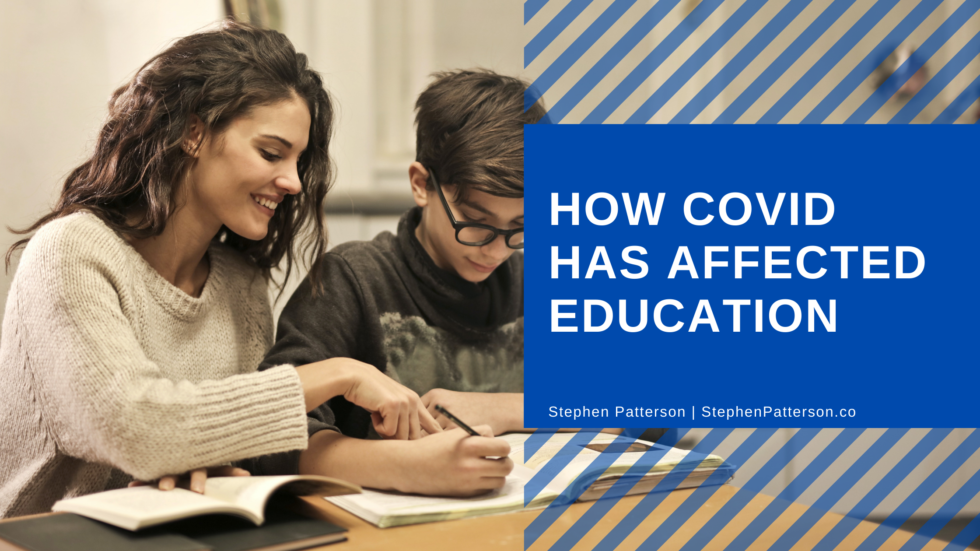For many, the effects of COVID-19 are still strongly felt, even as it continues to change the way the world works. Education is a sector that has been hit particularly hard, starting with lockdowns and continuing to alter as new concerns arise.
In 2020, over forty-five countries enforced lockdowns – including shutting down their school systems. This affected over 185 million students. Even where remote learning was possible, it was still a struggle for teachers and students alike.
The Difficulties of Remote Learning
Remote learning for many felt like a double-edged sword. Yes, certain students indeed excelled in this environment, but twice that number floundered. Due to the abrupt shift from classroom to remote learning, teachers were unable to plan appropriately.
Furthermore, there simply was no structure of support, not to the level that teachers suddenly needed. Students who struggled to pay attention in the classroom suddenly found themselves with no supervision to push their learning. All while teachers came up against a wall when it came to finding encouragement and enforcing rules.
There’s one element of remote learning that is frequently overlooked – the complete lack of personal interaction. Children are dependent on personal interaction, both with their peers and with their instructors. This loss was keenly felt, though the full effects of this time are not yet fully known.
Learning Loss
While there’s no doubt that remote learning was the best option available, it does not mean that it had all of the same benefits of a complete schooling system. Unfortunately, that means that students these days are facing what is called a learning loss.
Researchers are actively looking into the problem, trying to get a complete understanding of just how bad this learning loss is. According to studies conducted by Belgium, the Netherlands, the United Kingdom, and Switzerland, the early results are not great.
Overall, students have experienced higher levels of learning loss than had been anticipated. To make matters worse, inequality also appeared to be on the rise during this timeframe.
The studies have found that children with uneducated parents faced higher losses than their counterparts, which has certain socioeconomic implications. This finding indicates that students from lower socioeconomic backgrounds were disproportionately affected when it comes to their education.
This article was originally published on StephenPatterson.co


